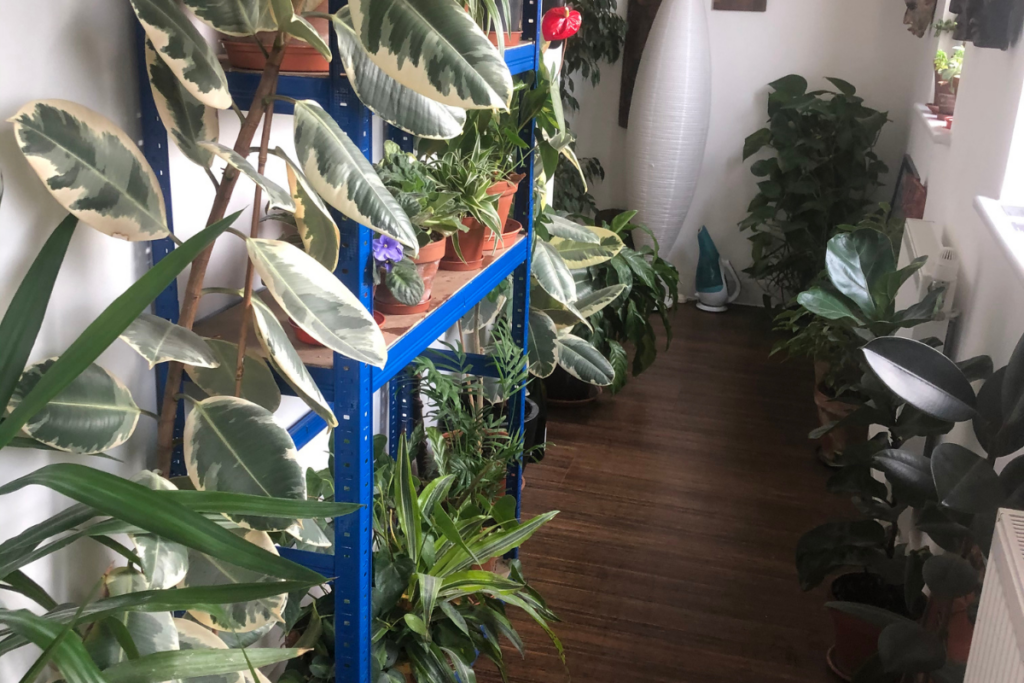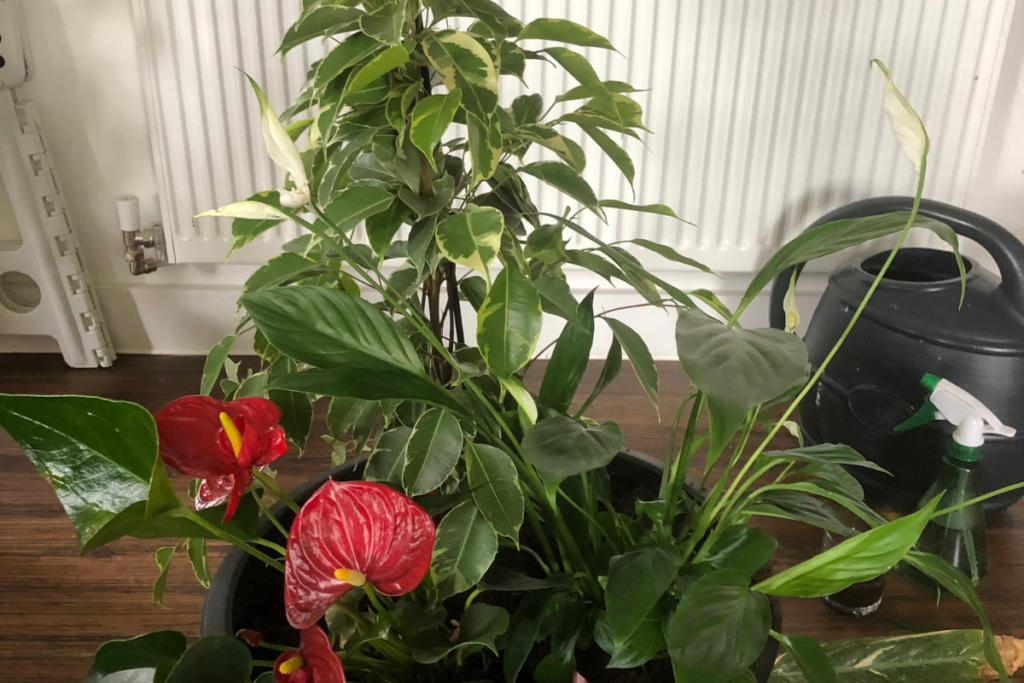Give your houseplants some love as they grow
Our houseplants slowed down over winter, but now is a great time to prepare them for spring. My houseplant collection has been gathered over a decade and I now share my flat with around 200 plants. They are living creatures, so get into the habit of checking on their welfare. Part of my indoor gardening routine is a daily tour to remove dead materials in the top of pots to avoid spreading disease, and inspect for ‘pests’.
This includes scale insects, which can cluster on the stems and under leaves, and can be rubbed off between finger and thumb. Red spider mites can also puncture leaves, causing tissue damage that appears as small yellow or brown dots. Spray or wipe leaves with water to stop the problem escalating. This will help to remove dust that reduces photosynthesis and prevent cell death at the leaf margins.
Looking ahead to spring

March is the ideal time to pot up plants and give their roots more room. This not only rejuvenates tired plants but encourages new growth. On some plants, such as spiderwort and pilea, these can be snipped to make new plants.
Most houseplants like free-draining compost, so avoid cheap and heavy green waste which stays moist and encourages sciarid fly, or fungus gnats.
I still use the same formula for my houseplant compost mix that I learned during my time working with tropical collections at botanic gardens. This includes a good quality peat-free potting compost mixed with 20% fine chipped bark and 10% loam/soil. The bark allows for drainage and oxygen supply and the loam aids nutrient retention.
Plants thrive better in communities so choose a central plant such as a fig (Ficus) and underplant with say peace lilies (Spathyphyllum) and trailing spiderwort (Tradescantia). This way you can create miniature gardens in your living room that echo the plantings of the rainforest floor.

Question and Answer
Q. Can I grow edible plants indoors?
A. I love to grow a mini allotment on my windowsill. Microgreens, pea shoots and salads can be grown easily in peat-free compost in recycled containers. The best bit is, you can snip them, wait a couple of weeks, and get a second helping!
Q. When should I start feeding my houseplants?
A. As daylight extends you can start feeding with liquid comfrey feed, and a mulch of bark. They also enjoy a foliar spray of seaweed extract on the leaves once a month.
Q. How often should I water houseplants?
A. Water is a precious resource, so I like to water into trays under the plants to ensure it gets where it’s needed. I’ll use my fingers to check the moisture content of the compost.

Find more tips, advice and articles like this at the Amateur Gardening website. Subscribe to Amateur Gardening magazine now.





